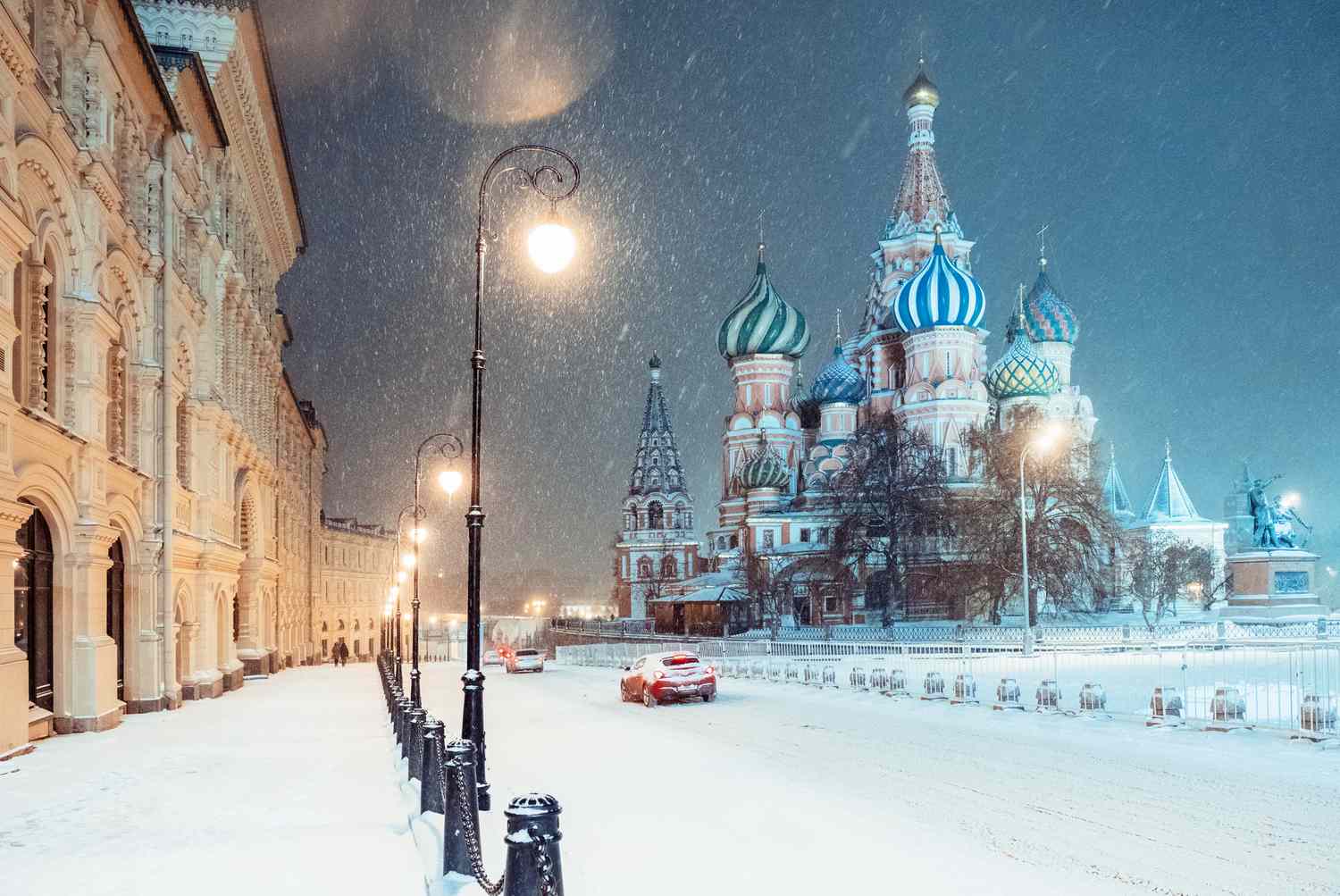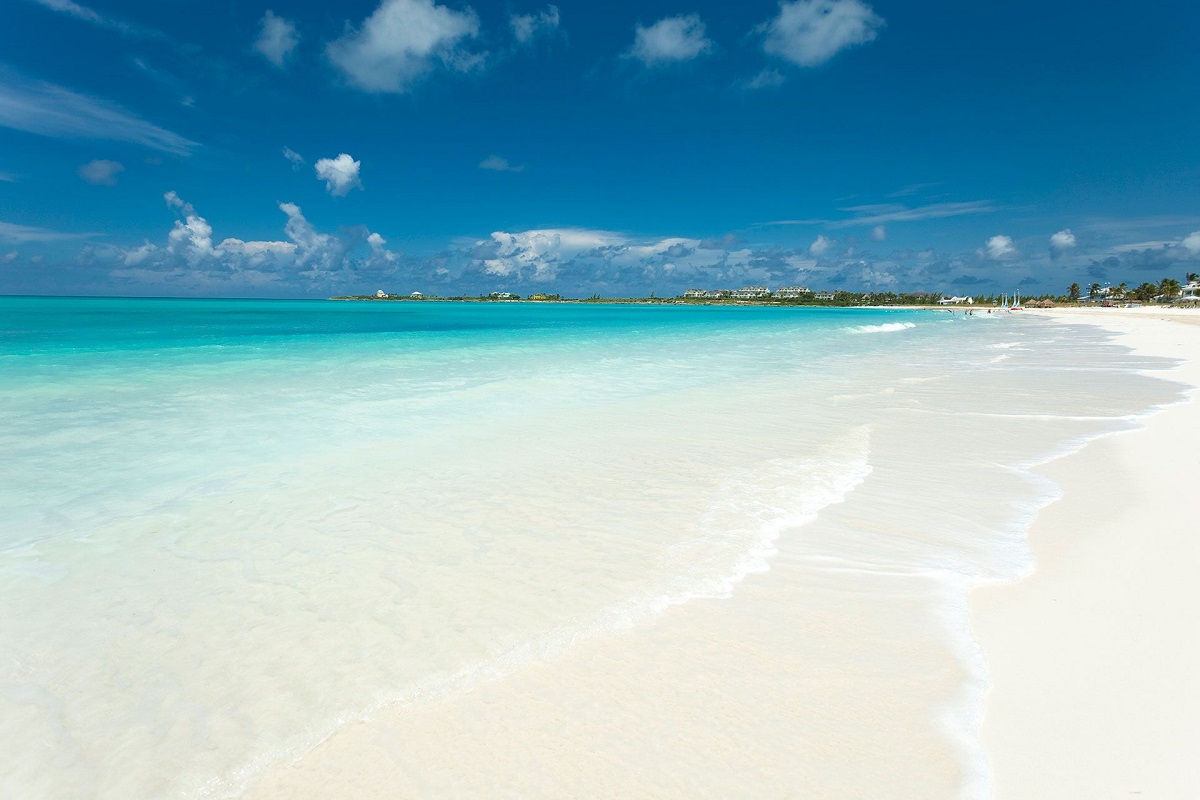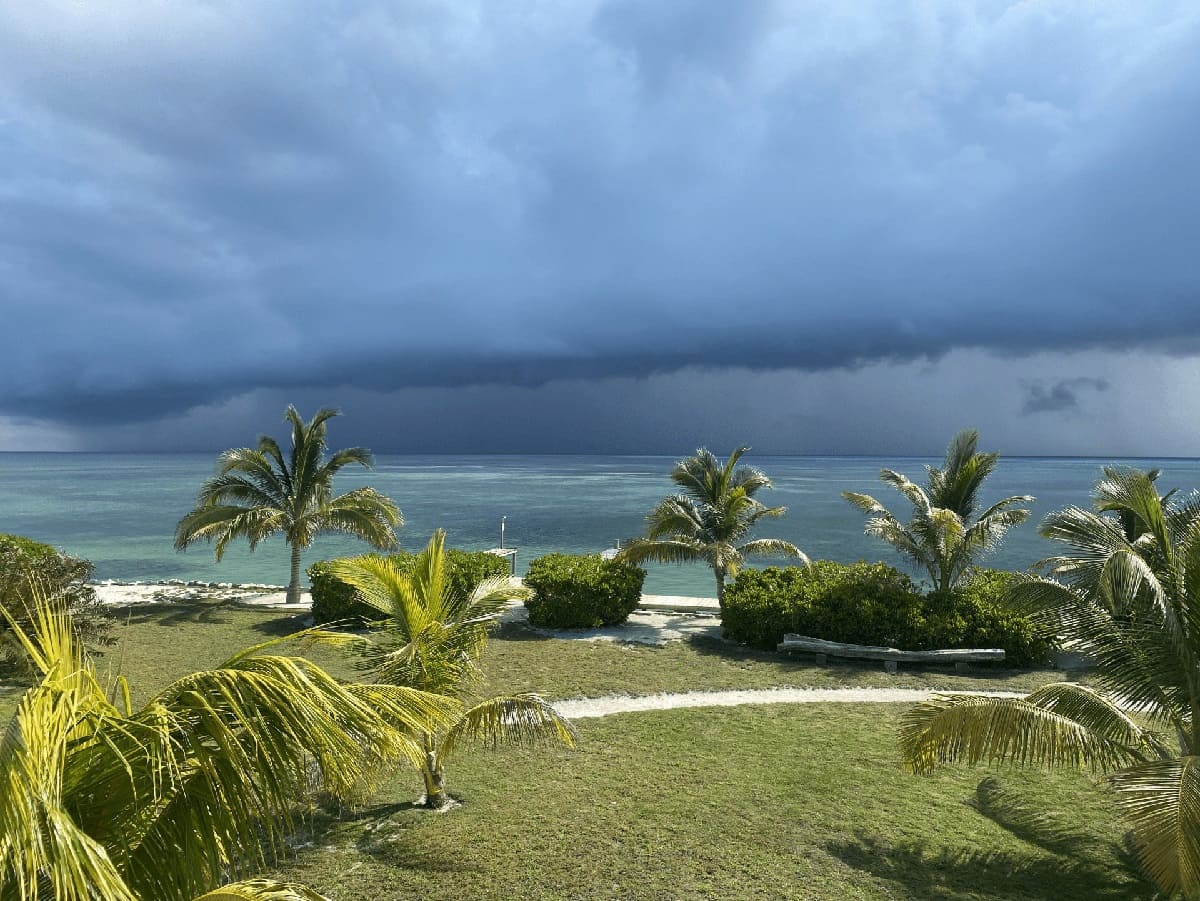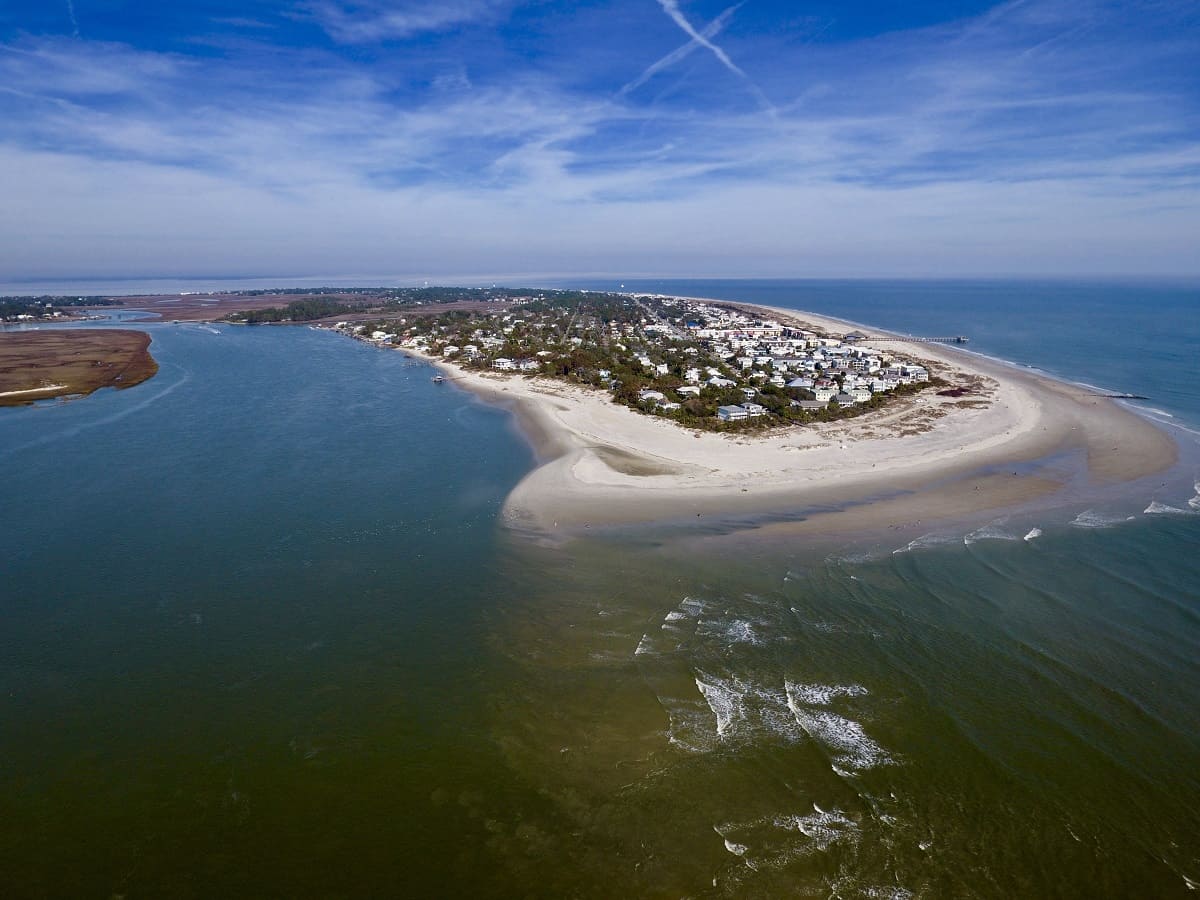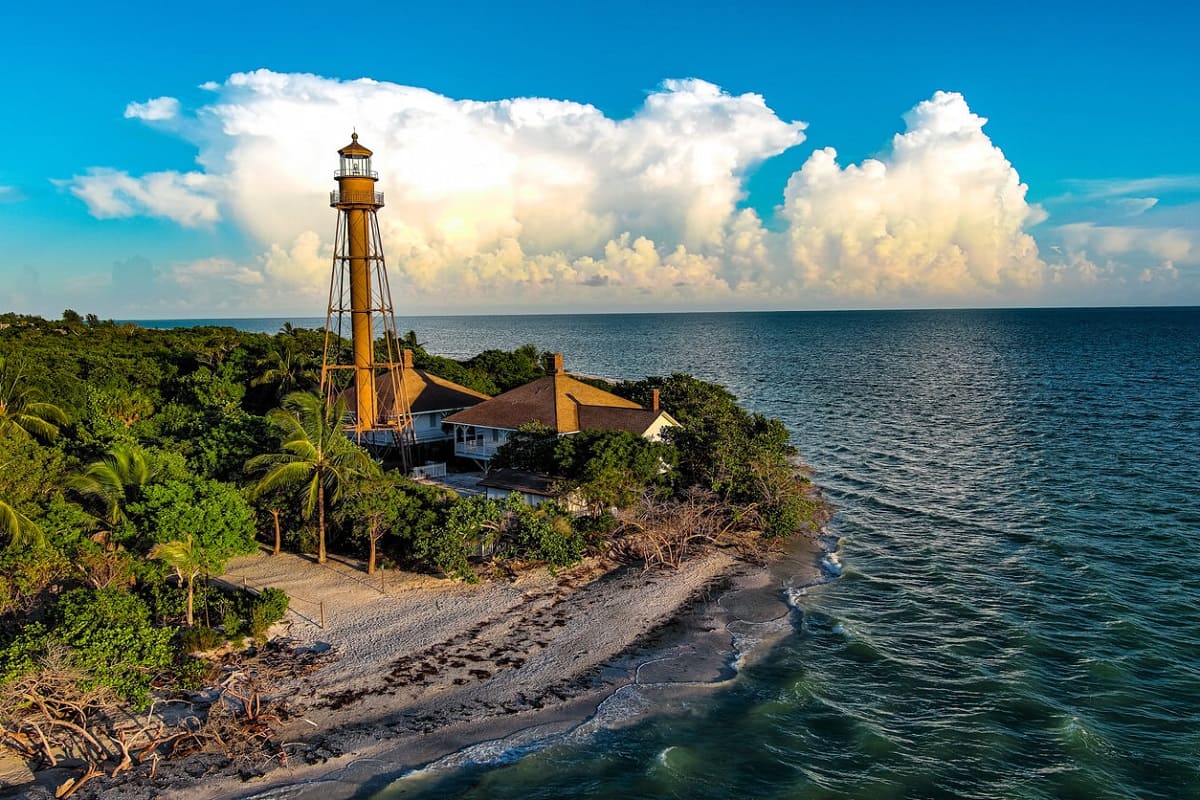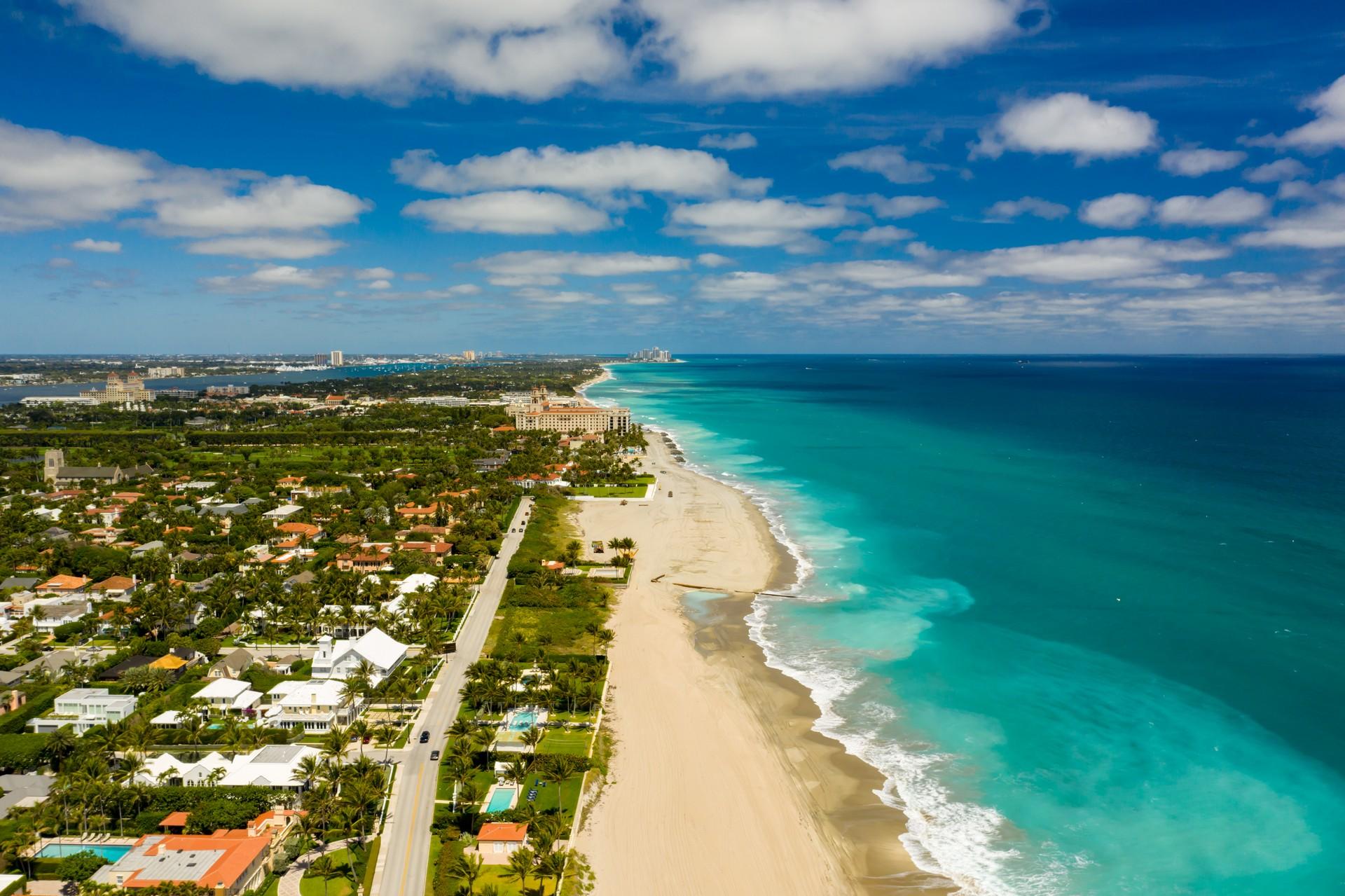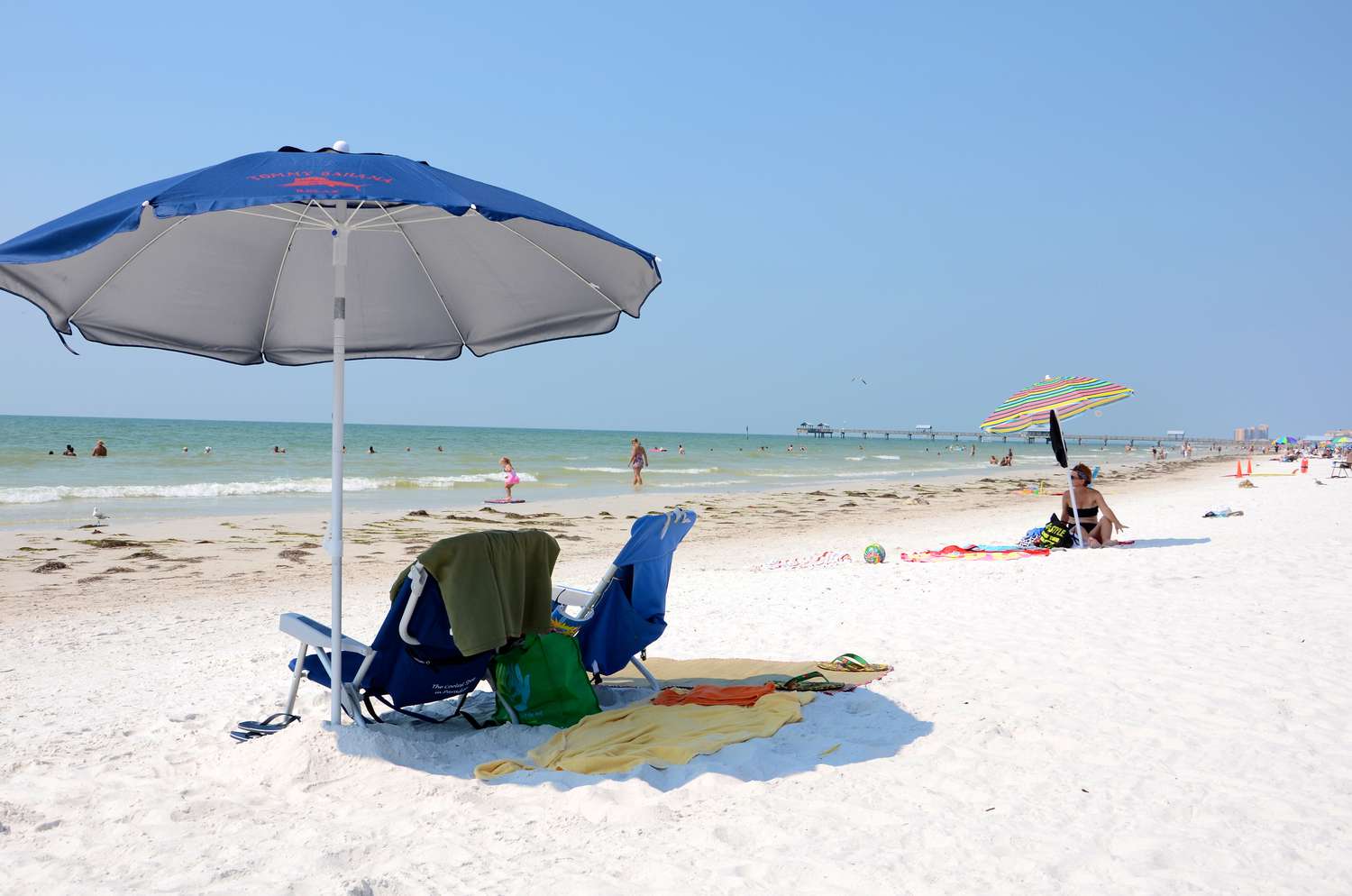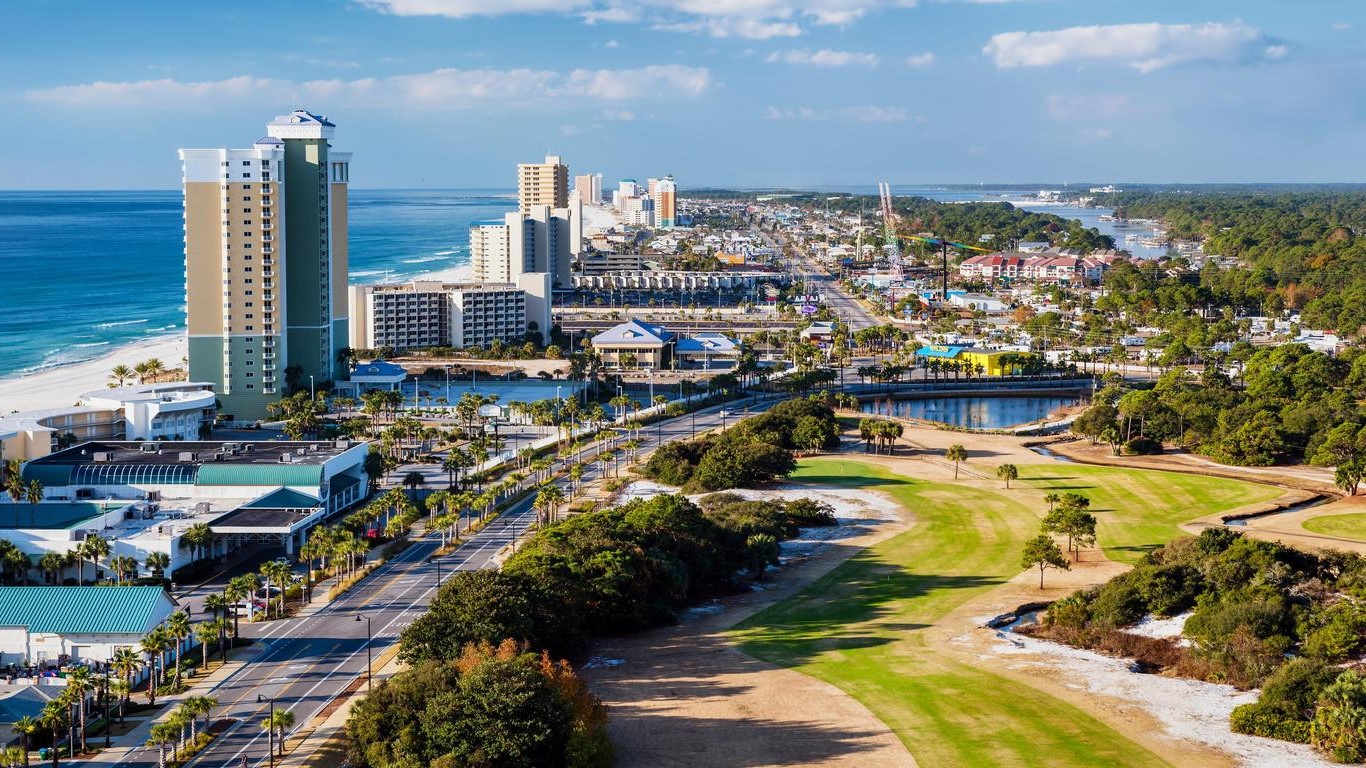Home>Weather and Climate>Chicago’s Average Temperature: What You Need To Know
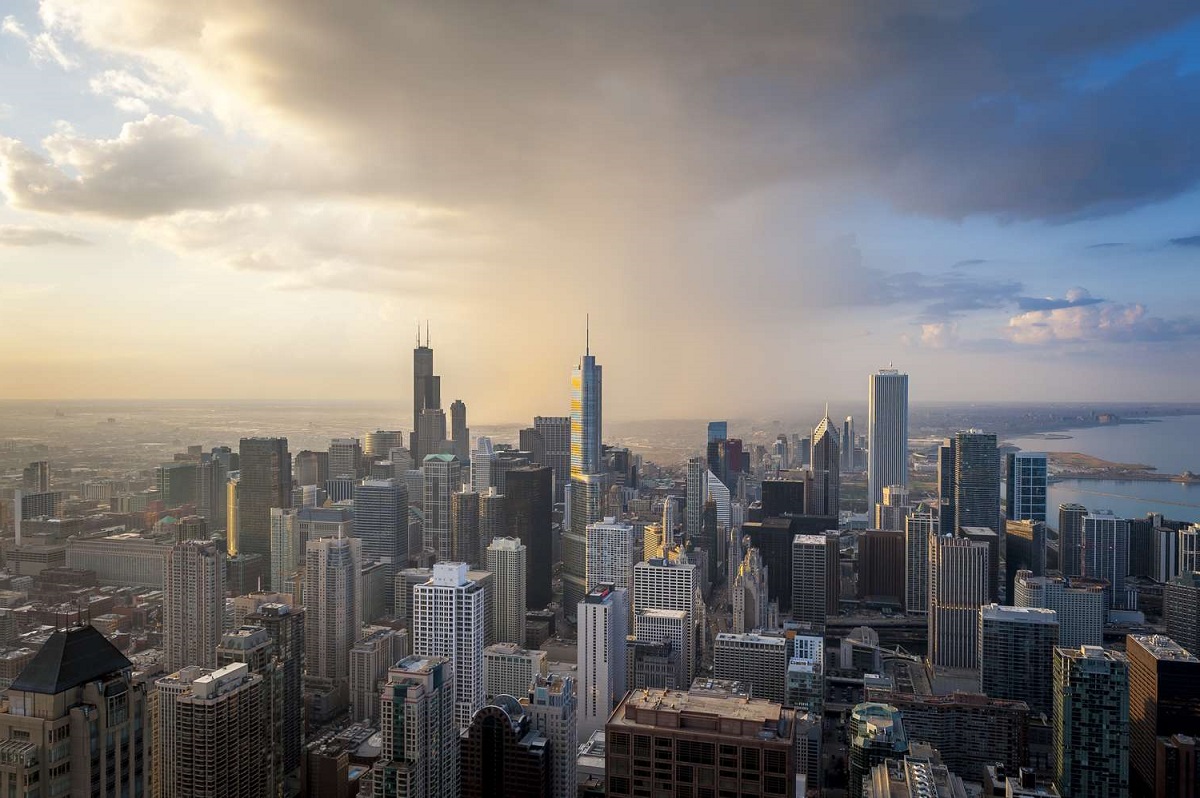

Weather and Climate
Chicago’s Average Temperature: What You Need To Know
Published: March 1, 2024
Discover the average temperature in Chicago and gain insights into the city's weather and climate. Learn what you need to know about Chicago's weather patterns and seasonal variations.
(Many of the links in this article redirect to a specific reviewed product. Your purchase of these products through affiliate links helps to generate commission for Temperatures.com, at no extra cost. Learn more)
Table of Contents
Understanding Chicago's Climate
Chicago, the vibrant and bustling city nestled along the shores of Lake Michigan, experiences a diverse and ever-changing climate. Understanding the intricacies of Chicago's climate is essential for residents and visitors alike, as it shapes daily life and influences a wide array of activities throughout the year.
Chicago's climate is characterized by its distinct four seasons, each offering a unique experience to those who call the city home or come to explore its wonders. From the crisp, snow-covered landscapes of winter to the vibrant blooms of spring, the sun-drenched days of summer, and the colorful foliage of autumn, Chicago showcases the beauty of all seasons.
The city's location in the Midwest region of the United States exposes it to a blend of continental and humid subtropical climates, resulting in a wide temperature range and varying precipitation patterns. Winters in Chicago can be harsh, with temperatures often plunging below freezing and heavy snowfall blanketing the cityscape. In contrast, summers bring warmth and humidity, creating an ideal environment for outdoor festivals, beach outings, and leisurely strolls along the lakefront.
Lake Michigan significantly influences Chicago's climate, acting as a moderating force that can mitigate temperature extremes. During the winter, the lake's relatively warmer waters help prevent the city from experiencing frigid conditions seen in other parts of the Midwest. Conversely, in the summer, the lake breeze provides a refreshing respite from the heat, offering a cool escape for residents and visitors seeking relief from the sun's intensity.
Understanding the nuances of Chicago's climate involves recognizing the city's susceptibility to rapid weather changes. Sudden temperature fluctuations and swift weather transitions are not uncommon, adding an element of unpredictability to the local climate. This variability necessitates a degree of adaptability and preparedness, as residents must be ready to embrace the unexpected shifts in weather patterns.
By comprehending the intricacies of Chicago's climate, individuals can better appreciate the city's seasonal charms and effectively plan for various outdoor activities and events. Whether it's embracing the enchanting snowfall during winter, savoring the vibrant foliage in the fall, or basking in the warmth of summer, understanding Chicago's climate enriches the experience of living in or visiting this dynamic metropolis.
Factors Affecting Chicago's Average Temperature
Chicago's average temperature is influenced by a myriad of factors, each playing a crucial role in shaping the city's climate throughout the year. Understanding these factors is essential for gaining insight into the dynamics of Chicago's temperature patterns and the forces that drive its fluctuating weather conditions.
-
Geographical Location: Situated in the Midwest region of the United States, Chicago's proximity to Lake Michigan significantly impacts its average temperature. The presence of the expansive lake moderates the city's climate, exerting a cooling influence in the summer and a warming effect in the winter. This proximity to a large body of water contributes to milder temperature extremes compared to inland areas, shaping Chicago's overall climate.
-
Urban Heat Island Effect: As a bustling metropolis with a dense urban landscape, Chicago experiences the urban heat island effect, wherein the city retains and radiates heat due to human activities and infrastructure. This phenomenon can lead to elevated temperatures within the city, particularly during the summer months, contributing to warmer average temperatures compared to surrounding rural areas.
-
Wind Patterns: Wind direction and speed play a pivotal role in influencing Chicago's average temperature. The prevailing wind patterns, often originating from the west or southwest, can carry air masses that impact the city's temperature. During the summer, lake breezes from the east provide a cooling effect, while in the winter, cold air masses from the northwest can lead to temperature drops.
-
Topography: While Chicago's topography is relatively flat, the surrounding terrain and land use can influence temperature variations. Urban areas with extensive concrete and asphalt surfaces absorb and retain heat, contributing to higher temperatures, especially in densely populated neighborhoods. Conversely, green spaces and parks can mitigate the urban heat island effect and provide pockets of cooler temperatures within the city.
-
Climate Change: The overarching impact of climate change cannot be overlooked when considering factors affecting Chicago's average temperature. Long-term shifts in global climate patterns, including rising average temperatures and altered precipitation trends, can have far-reaching effects on the city's climate, potentially leading to more frequent heat waves, altered seasonal patterns, and increased temperature variability.
By recognizing and understanding these factors, individuals can gain a deeper appreciation for the complexities of Chicago's average temperature. These influences underscore the dynamic nature of the city's climate and highlight the intricate interplay of natural and anthropogenic forces that shape the temperature landscape of this vibrant urban center.
Historical Trends in Chicago's Average Temperature
The historical trends in Chicago's average temperature offer valuable insights into the city's evolving climate patterns and the impact of various environmental factors over time. Examining temperature data spanning decades reveals compelling shifts and noteworthy fluctuations that have shaped the city's weather narrative.
Over the past century, Chicago has witnessed discernible trends in its average temperature, reflecting the interplay of natural climatic variations and human-induced influences. Historical records indicate a gradual but perceptible increase in average temperatures, aligning with broader global trends associated with climate change. This upward trajectory underscores the significance of long-term temperature monitoring and the implications for urban environments such as Chicago.
The winter months have exhibited notable alterations in average temperatures, with a discernible trend toward milder winters compared to previous decades. This shift has been accompanied by reduced frequency of extreme cold events, indicating a departure from historically harsh winter conditions. Conversely, the summer season has experienced heightened average temperatures, with an observable uptick in the frequency and intensity of heat waves. These trends underscore the evolving nature of Chicago's climate and the implications for residents, infrastructure, and public health.
Moreover, the historical temperature data reveals a pattern of increased temperature variability, characterized by abrupt fluctuations and erratic shifts in seasonal temperatures. This variability poses challenges for urban planning, energy consumption, and public safety, necessitating adaptive measures to mitigate the impacts of temperature extremes on the city's populace.
The influence of urbanization on Chicago's temperature trends is also evident in historical data, with the urban heat island effect contributing to localized temperature elevations, particularly in densely developed areas. This phenomenon underscores the complex interplay between natural climate dynamics and human activities, highlighting the need for sustainable urban design and climate-resilient infrastructure to address temperature-related challenges.
By delving into historical temperature trends, we gain a deeper understanding of Chicago's climate evolution and the multifaceted forces shaping its average temperature. These insights underscore the importance of proactive climate adaptation strategies, informed policymaking, and community resilience initiatives to address the implications of changing temperature patterns and foster a sustainable and resilient urban environment.
Impacts of Chicago's Average Temperature on Daily Life
The average temperature in Chicago exerts a profound influence on the daily lives of its residents, permeating various facets of urban existence and shaping routine activities throughout the year. From navigating the challenges of extreme weather events to embracing the seasonal delights offered by the city's climate, the impacts of Chicago's average temperature are far-reaching and multifaceted.
During the frigid winter months, when average temperatures plummet and snow blankets the city, residents contend with a host of challenges that impact daily life. Commuting becomes a test of resilience as individuals navigate icy roads and sidewalks, while businesses and public services adapt to the logistical hurdles posed by snow accumulation and sub-zero temperatures. The need for adequate heating and insulation becomes paramount, influencing energy consumption patterns and household expenditures. Furthermore, the psychological impact of prolonged cold spells and reduced daylight hours underscores the significance of mental well-being in the face of winter's grip on the city.
Conversely, the sweltering heat of summer brings its own set of implications for daily life in Chicago. High average temperatures and humidity levels necessitate measures to ensure personal comfort and safety, prompting individuals to seek refuge in air-conditioned spaces and prioritize hydration. Outdoor activities are carefully planned to avoid the peak of midday heat, and public health concerns related to heat-related illnesses and air quality come to the forefront. Additionally, the economic and social dynamics of the city are influenced by the seasonal ebb and flow of tourism, outdoor events, and recreational pursuits, all of which are intricately linked to Chicago's average temperature patterns.
The impact of temperature fluctuations extends beyond individual experiences, permeating urban infrastructure, public health systems, and community resilience efforts. The strain on transportation networks during extreme weather events, the demand for emergency services in response to temperature-related health concerns, and the imperative for climate-resilient urban planning underscore the broader societal implications of Chicago's average temperature on daily life.
Moreover, the seasonal rhythm of Chicago's climate, as reflected in its average temperature, contributes to the city's cultural identity and collective experiences. From the joyous festivities of summer festivals to the communal resilience displayed during winter storms, the city's average temperature weaves itself into the fabric of daily life, fostering a sense of shared adaptation and solidarity among its diverse populace.
In essence, the impacts of Chicago's average temperature on daily life are profound and multifaceted, encompassing practical, emotional, and societal dimensions. Understanding and addressing these impacts are integral to fostering a resilient and vibrant urban community that thrives amidst the dynamic tapestry of Chicago's climate.
Tips for Dealing with Chicago's Fluctuating Temperatures
Navigating the fluctuating temperatures of Chicago demands adaptability and preparedness to embrace the dynamic climate of the city. Whether bracing for sudden temperature shifts or seeking ways to stay comfortable amidst the seasonal variations, incorporating practical strategies can enhance the experience of living in or visiting this vibrant urban center.
-
Layered Attire: Embracing the unpredictability of Chicago's weather necessitates a versatile approach to dressing. Opting for layered clothing allows individuals to adjust to fluctuating temperatures throughout the day. From brisk mornings to warmer afternoons and cooler evenings, layering facilitates comfort and adaptability, ensuring that individuals are prepared for diverse weather conditions.
-
Weather Monitoring: Staying informed about weather forecasts and temperature trends is essential for planning daily activities and making informed decisions. Accessing reliable weather updates enables residents and visitors to anticipate temperature fluctuations, plan outdoor excursions accordingly, and prepare for any extreme weather events that may arise.
-
Indoor Comfort: Creating a comfortable indoor environment is crucial for mitigating the impacts of temperature swings. Ensuring effective insulation, proper heating, and, during the summer, adequate cooling systems contributes to maintaining a consistent and pleasant indoor temperature, offering respite from the external climate variations.
-
Hydration and Sun Protection: During warmer periods, prioritizing hydration and sun protection is vital for safeguarding well-being. Carrying water bottles, wearing sunscreen, and seeking shade when outdoors help mitigate the effects of high temperatures and minimize the risk of heat-related illnesses, fostering a safe and enjoyable experience in the city.
-
Adaptive Footwear: Selecting appropriate footwear that accommodates both warm and cold conditions is essential for navigating Chicago's fluctuating temperatures. From insulated boots for winter to breathable shoes for summer, having suitable footwear enhances comfort and mobility, ensuring that individuals are well-prepared for diverse weather scenarios.
-
Community Resources: Familiarizing oneself with community resources and designated cooling or warming centers can provide valuable support during temperature extremes. These facilities offer refuge during inclement weather, serving as essential havens for individuals seeking relief from extreme heat or cold, thereby promoting community well-being.
By integrating these practical tips into daily routines, residents and visitors can effectively navigate the nuances of Chicago's fluctuating temperatures, fostering a resilient and adaptable approach to embracing the diverse climate of this dynamic urban landscape.
